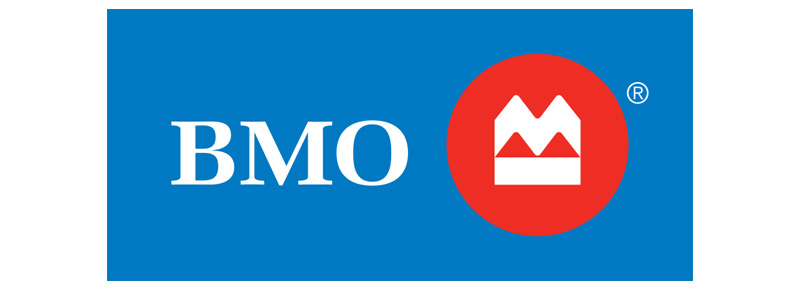Strategic use of research in NFP marketing
If your organization is considering taking a fresh look at your NFP brand, there are many ways in which research, data and insights can inform your work. Below is a roundup of ways for NFP marketing teams to use research in a smart and purposeful manner:
Benchmark at the outset of a project
You can’t map a plan for tomorrow if you don’t know where you are today, so think of this exercise as establishing a point of origin.
Quantitative benchmarking at the outset of a branding exercise is important to capture key metrics such as brand awareness, brand trust and brand loyalty. As you redefine your brand and shift your communications approach, you can track year-over-year progress against these initial benchmarks to learn what is or is not working. Most importantly, this will allow you to optimize your brand communications, and demonstrate the value of investments.
Strong benchmarking can also be used to broadly define your creative territory enough to push you in the direction you need to go. Having those guideposts focuses your strategic and creative processes, leading to better output and more effective communications.
Here are two examples:
- A global animal welfare organization used benchmarking to better understand how Canadians were responding to global brand narratives. The results provided a refreshed strategic and creative direction that led to a 33 per cent increase in the time spent on their website and acquisition of new audiences.
- A hospital system undergoing a merger benchmarked healthcare stakeholder adoption of a new brand from other recent healthcare mergers. The results informed brand adoption goals and expectations for their imminent merger.
Leverage the qualitative and quantitative
Relying solely on either quantitative numbers or qualitative opinions to define a new brand strategy will limit your ability to see the full picture clearly.
Quantitative information can be extremely valuable to establish benchmarks, define your target audience or subsegments, frame a current situation, clarify a problem, or test potential directions to move in. However, deeper insight and meaning is more likely to be extracted from qualitative research.
There are many ways to leverage qualitative research, including:
- Learn how and/or why people think the way they do about issues, brands, causes, etc.
- Build psychographic profiles of people who tend to be the most receptive to your issue or cause, to identify who they are and what motivates them.
- Consider how you are perceived, and what people’s expectations are of you.
- Determine your brand elasticity: Where you have permission to go and what is believable.
- Formulate your positioning and options for communications platforms to utilize.
Let’s take a moment to revisit the example mentioned above about the animal welfare organization. Qualitative research provided a much deeper understanding of Canadian’s values and beliefs surrounding animal welfare and helped to uncover untapped potential in Canada. Through benchmarking, there were a few learnings, including that people who support animal welfare organizations want to see new solutions and want to hear less about existing problems. Through telling a more complete, relevant and powerful story that demonstrated the interconnectedness of animal welfare, climate change, the environment and sustainability, it made it easier to connect the dots.
Maximize your budget with data analytics
Qualitative and quantitative research initiatives can uncover part of the picture of your brand. To gain a more holistic and insightful view with deeper understanding and a clear path to success, add data analytics to your research. With the right data, analyzed the right way, you can do the following:
- Better understand your organization’s position in the market.
- Capture deeper insights into who your stakeholders are.
- Identify your market opportunity and the segments they currently hold.
- Take actions that are more informed.
The healthcare merger brand project mentioned above is a good example of data analytics in action. For this project, stakeholder personas were built based on the analytics. Concepts were tested against what the data predicted the personas would value. The exercise proved worthwhile in that it provided context to reject some ideas, and instilled confidence to move forward with others, including the winning concept.
A final point about research
Getting research right takes time. However, it’s time very well spent when it gives you the information needed to make decisions and the permission to act.
Authors:
Shelley Mayer, Founder and President, Ramp Communications Inc.
Allen Davidov, Senior Vice President and Practice Leader, Environics Analytics



































